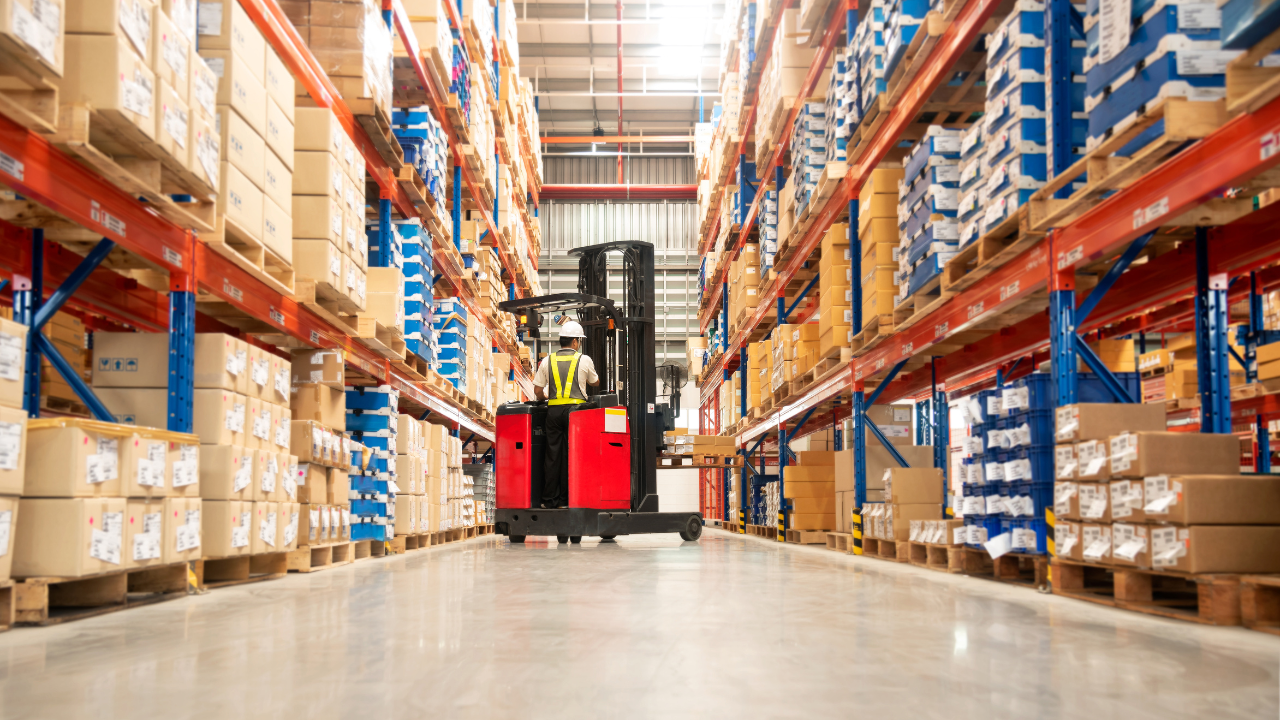
On average, 90% of companies’ carbon footprint comes from the supply chain, making the sustainability of the supply chain key to reversing climate change. Sustainability in the supply chain is complex as there are many moving parts, but one aspect that won’t change anytime soon is the need for warehouses. From supplier to manufacturer to distributor to retailer, warehouses have an integral role in the supply chain. Green warehousing attempts to push for increasing sustainability in the supply chain while offering a nearly immediate return on investment. With this in mind, The Dragon Group is proud to provide sustainability services for Stream Realty in their push for sustainable warehouses in the supply chain. There are three interconnected design aspects that affect the sustainability of warehouses the most: location, lighting, and heating/cooling.
Location
Distribution center proximity to freeways, ports, highways, airports, and general urban zones is key to minimizing transportation related emissions. Still, location plays a larger role when it comes to energy costs and emissions. The particular climate zone a warehouse is located in can significantly impact the design process for lighting and heating/cooling.
Lighting
Depending on location, the maximization of daylight can minimize energy usage and save much more than only switching to LEDs with motion sensors. Atlanta’s humid subtropical climate is a viable area for this approach as it maintains comfortable temperature ranges most of the year. Maximizing daylight via strategically placed windows, energy efficient window tints, and reflective interior paint can drastically improve not only the energy efficiency of the warehouse but also worker productivity.
Heating/Cooling
Vast open spaces such as warehouses can decrease the effectiveness of traditional HVAC systems. Depending on the season, it can be beneficial to use high volume low speed (HVLS) fans to move air around the room, decreasing energy usage. Still, there are some creative ways to increase or decrease a warehouse’s heat absorption if located in a non-neutral climate. For example, reflective cool roofs can be an easy solution for cooling that will also help mitigate the urban heat island effect.
Still, the most holistic way to insure a sustainable, healthy, and efficient warehouse is to update your warehouse to achieve one of the many green building certifications available. Contact The Dragon Group to discuss which sustainable building certification is right for you and how we can work together to get you certified.

